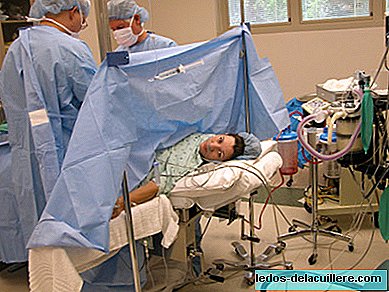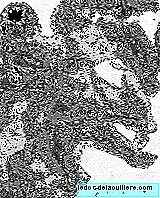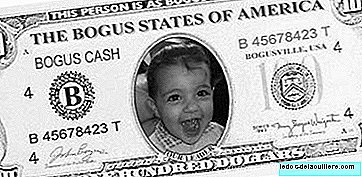
A team of US researchers has found that the brain activity of dyslexic children shows some differences easy to capture by magnetic resonance, which would be an accessible and effective method for detect dyslexia before developing it.
Dyslexia is a neurological disorder in reading and writing that hinders the ability to learn to read and write in varying degrees. Early detection of the problem is key to helping the child who suffers it as soon as possible, even before he begins to put into practice the ability to read and understand, at approximately six years of age.
After performing MRIs on 36 children with an average age of five years while deciding if two words began with the same sound, the research authors observed that those with a family history of dyslexia showed less metabolic activity in some brain areas, specifically in the joints between the occipital and temporal lobes and in the temporal and parietal lobes.
There are initial symptoms of dyslexia that can be detected after four or five years, but it is only after six or seven when the diagnosis is confirmed. That is why it is so important to detect it as soon as possible, to address the child's learning with greater constancy and attention, and continuous support at the school stage.
There are studies that have shown that the difference between the brain functioning of the normal reader and that of the dyslexic can be 'reversed or palliated' with a very early re-education.
The early detection of dyslexia before developing it It would help to avoid the negative consequences, both from a psychological and social point of view, faced by undiagnosed dyslexic children. They usually do badly in school, they are labeled as lazy or unmotivated, which leads them to get frustrated very easily undermining their self-esteem and in some cases triggering impulsive and antisocial behaviors.












